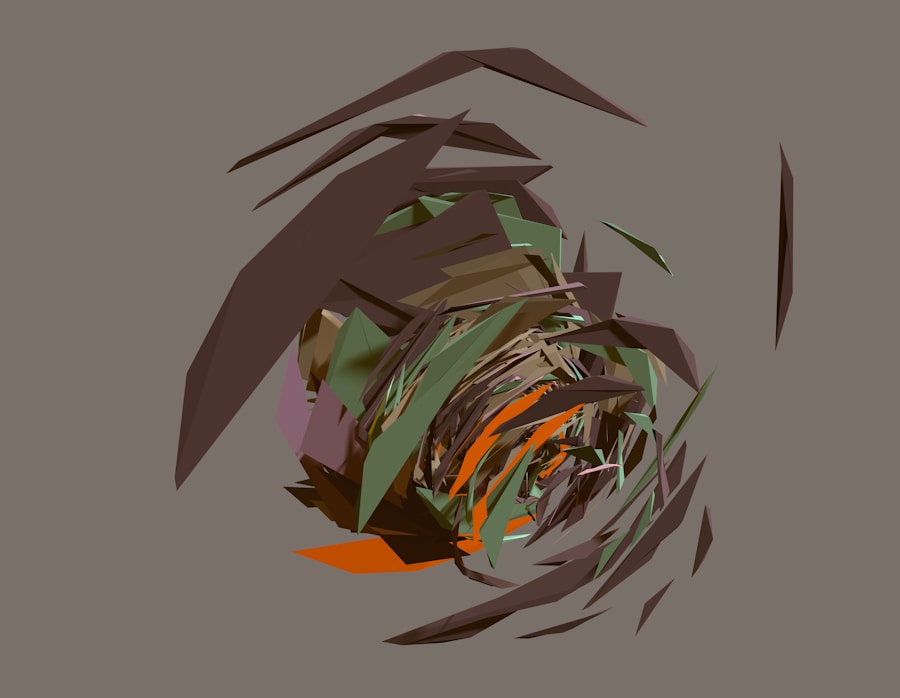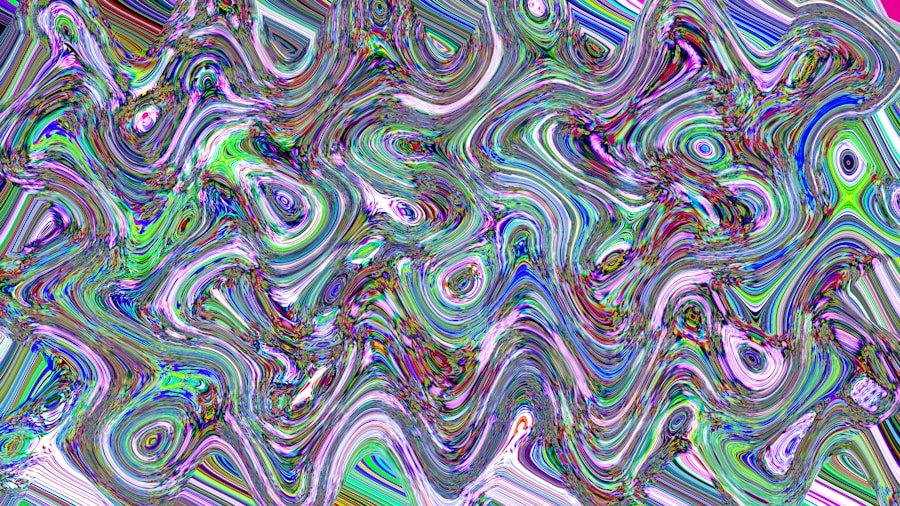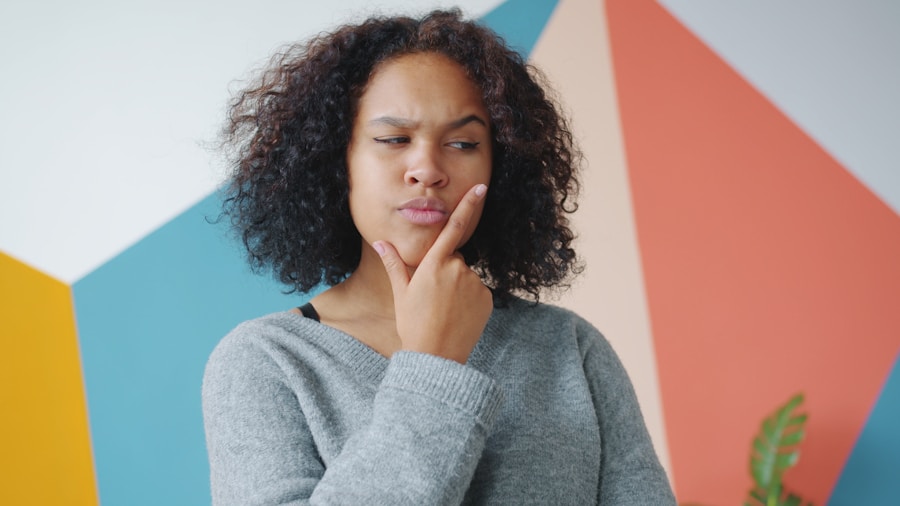From Dreams to Reality: Surrealism and Artificial Intelligence Collide

Surrealism, a cultural movement that began in the early 1920s, sought to unleash the power of the unconscious mind as a means of creating art and literature. The movement was heavily influenced by the psychoanalytic theories of Sigmund Freud, who believed that the unconscious mind held the key to understanding human behavior and creativity. Surrealist […]
The Future of Art: How Neural Networks are Redefining Artist Collaborations

Neural networks, a form of artificial intelligence, have been making waves in the art world in recent years. These complex systems, inspired by the human brain, are capable of learning and recognizing patterns, making them a powerful tool for creating and analyzing art. Neural networks have the ability to generate new and innovative artistic creations, […]
Unleashing Creativity: The Surging Popularity of AI Art and its Growing Community

Artificial intelligence (AI) has been making waves in the art world in recent years, with the rise of AI-generated art gaining attention and recognition. AI art refers to artwork created with the assistance of artificial intelligence, whether through the use of algorithms, machine learning, or other technological tools. This emerging form of art has been […]
Navigating the Moral Maze: Ethical Dilemmas in Artificial Intelligence

Artificial Intelligence (AI) has become an integral part of our daily lives, from virtual assistants like Siri and Alexa to self-driving cars and personalized recommendations on streaming platforms. However, as AI continues to advance, it brings with it a host of ethical dilemmas that need to be addressed. The use of AI raises questions about […]
From Pixels to Masterpieces: The Role of AI in Transforming Digital Illustration

Digital illustration is the creation of art using digital tools such as computers, tablets, and software. It has become increasingly popular in recent years due to its versatility and accessibility. Artists can create stunning and intricate pieces of art without the need for traditional materials like paint, canvas, or paper. Digital illustration allows for endless […]
From Data to Masterpiece: Exploring the Intersection of Machine Learning and Artistic Expression

Machine learning has been making significant strides in the art world in recent years, revolutionizing the way artists create and audiences experience art. This technology, which allows computers to learn and improve from experience without being explicitly programmed, has opened up new possibilities for artistic expression. Artists and technologists are now using machine learning algorithms […]
Innovation in Art: How Generative Art is Shaping the Future of Creative Expression

Generative art, also known as algorithmic art, is a form of art that is created using algorithms and computer programming. It has been gaining popularity in recent years as technology has advanced and become more accessible to artists. The rise of generative art can be attributed to the increasing interest in the intersection of technology […]
Breaking Boundaries: The Impact of AI on Traditional Painting Techniques

Artificial Intelligence (AI) has become an increasingly prevalent force in the world of art, challenging traditional painting techniques and revolutionizing the way we create and appreciate art. Traditional painting techniques have been practiced for centuries, with artists using various mediums such as oil, watercolor, and acrylic to express their creativity and emotions. These techniques require […]
The Dos and Don\’ts of Legal-Safe Prompting: A Comprehensive Overview
Legal-safe prompting refers to the practice of using prompts in a way that is compliant with legal regulations and ethical standards. Prompting is a common technique used in various fields, including marketing, research, and education, to elicit specific responses from individuals. However, it is important to ensure that prompting is conducted in a legal and […]
Breaking Down Bias: Strategies for Overcoming Prejudice in Decision Making
Bias and prejudice are pervasive issues that affect individuals and societies on a daily basis. Bias refers to the inclination or prejudice for or against one person or group, especially in a way considered to be unfair. Prejudice, on the other hand, is a preconceived opinion that is not based on reason or actual experience. […]
 Skip to content
Skip to content
